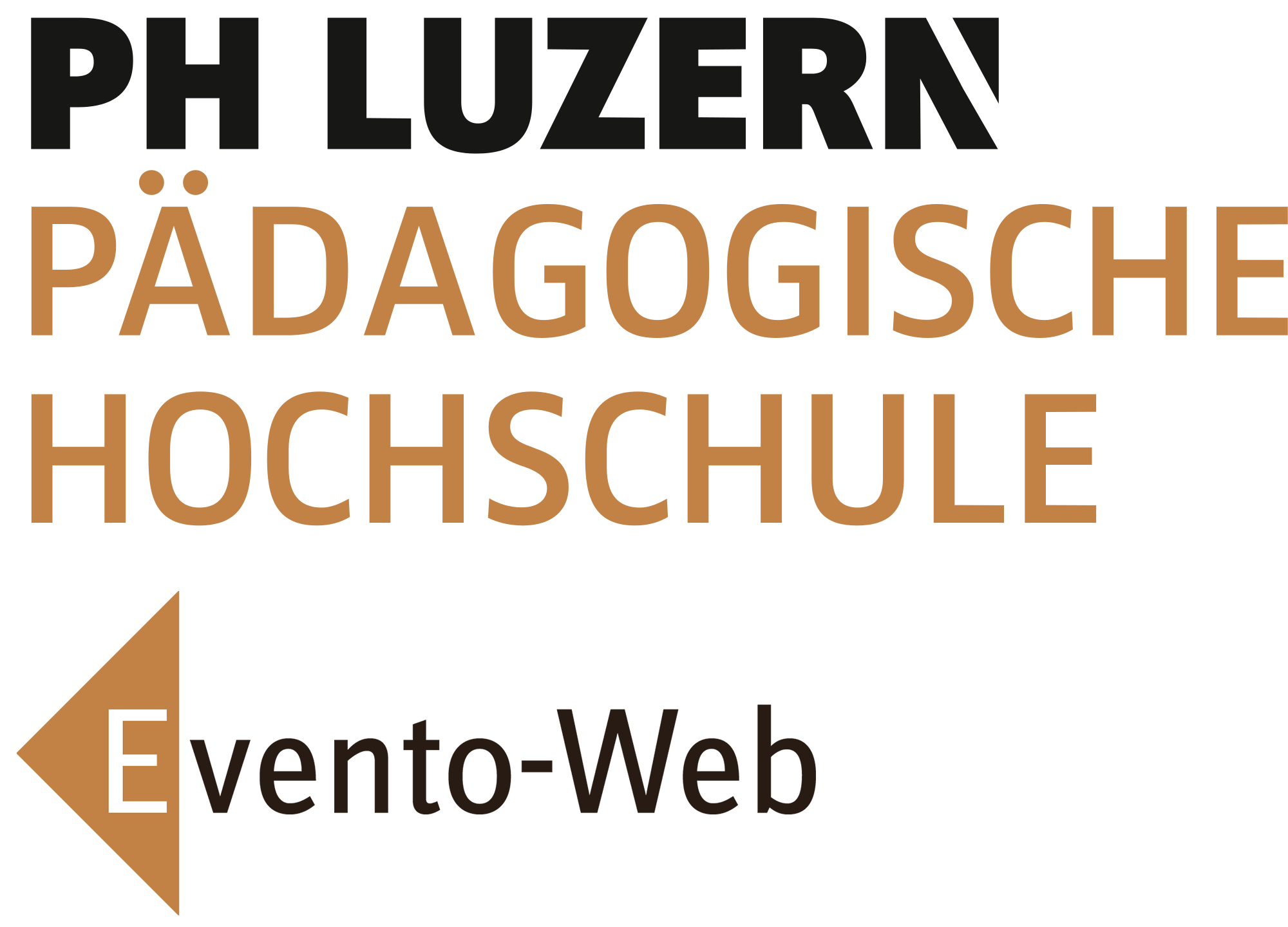Berufspraktikum Englischunterricht Sek II (Monofach) F25.001
| Nummer: | PLU.PK21.02-S2.F25.001 |
|---|---|
| Veranstalter: | PLU.Sekundarstufe 2 |
| Leitung: | Gustav Arnold |
| ECTS-Punkte: | 6 |
| Datum: | 24.02.2025 - 07.09.2025 |
| Raum: | |
| Unterrichtssprache: | Deutsch |
| Weitere Informationen: |
Ziele und Inhalte
At the heart of the practical training is the independent design and management of classroom teaching over an extended period. The practical training is worth 3 ECTS credits and encompasses a total of 36 lessons at a Maturity school (Gymnasium, BMS, FMS), during which students observe (up to 6 lessons) and teach themselves.
To start the practical training, the preliminary practical training requirements must be met. Students pursuing a double major can only start the practical training in either their first or second subject once the preliminary practical training in the first subject has been assessed as "satisfactory."
In the practical training, students should further develop their competency in planning, conducting, and evaluating teaching largely autonomously, building on the teaching experiences from the preliminary practical training.
This provides them with a realistic view of English teaching and the associated subject-specific, didactic, and pedagogical demands. They experience the various roles of the teaching profession both inside and outside the classroom, take on leadership responsibilities, and shape professional relationships with learners.
In interaction with the practice teacher, subject-specific and didactic questions can be addressed. During the practical training, a lecturer from the didactics department observes the teaching. Following this visit, a feedback-oriented evaluation discussion takes place in the presence of the practice teacher (duration approximately 45-60 minutes).
The competencies developed during the preliminary practical training are further refined and expanded in the practical training (refer to the module card for the preliminary practical training in English). In doing so, students broaden and adapt their repertoire of actions.
They have the opportunity to observe and assess the learning processes of individual students. They can take into account the different learning prerequisites of the learners and create learning settings that are appropriate to their level of learning, interests, and varying abilities, which also promote independent and self-directed learning. They can use different forms and instruments for diagnosing learning status and assessment appropriately, evaluate learning achievements meaningfully, and provide feedback on performance levels. They can also derive support measures from learning status diagnostics.
They responsibly take on the role of leading a class and create a conducive learning environment that also establishes connections to English-speaking culture. Their communication with individual students and with the whole class is constructive and appreciative. The students can meaningfully structure and manage the classroom events, thus preventing disturbances during lessons.
Towards the end of the practical training, in cooperation with the practice teacher and the lecturer in didactics, focal points for development for the diploma practical training are defined.
Lehr- und Lernformen
Three evaluation forms
Form des Leistungsnachweises
Die Studierenden reichen dem Praxiskoordinator am Ende des Praktikums ein Dossier ein. Das Praktikum wird mit
‚erfüllt‘ oder ‚nicht erfüllt‘ bewertet.
Die Bewertung des Berufspraktikums erfolgt durch die Praxislehrperson in Absprache mit der Fachdidaktikerin /
dem Fachdidaktiker oder dem Praxiskoordinator und stützt sich auf das Dossier, welches folgende Komponenten
enthält:
3 detaillierte Lektionsvorbereitungen, die von den Studierenden mit Hilfe eines Planungsinstrumentes erarbeitet wurden.
Zwei durch die Praxislehrperson vorgenommene Kompetenzbeurteilungen, von denen die eine in der Mitte, die
andere gegen Ende des Praktikums durchgeführt wird
Eine weitere durch den Fachdidaktiker / die Fachdidaktikerin erstellte Kompetenzbeurteilung.

